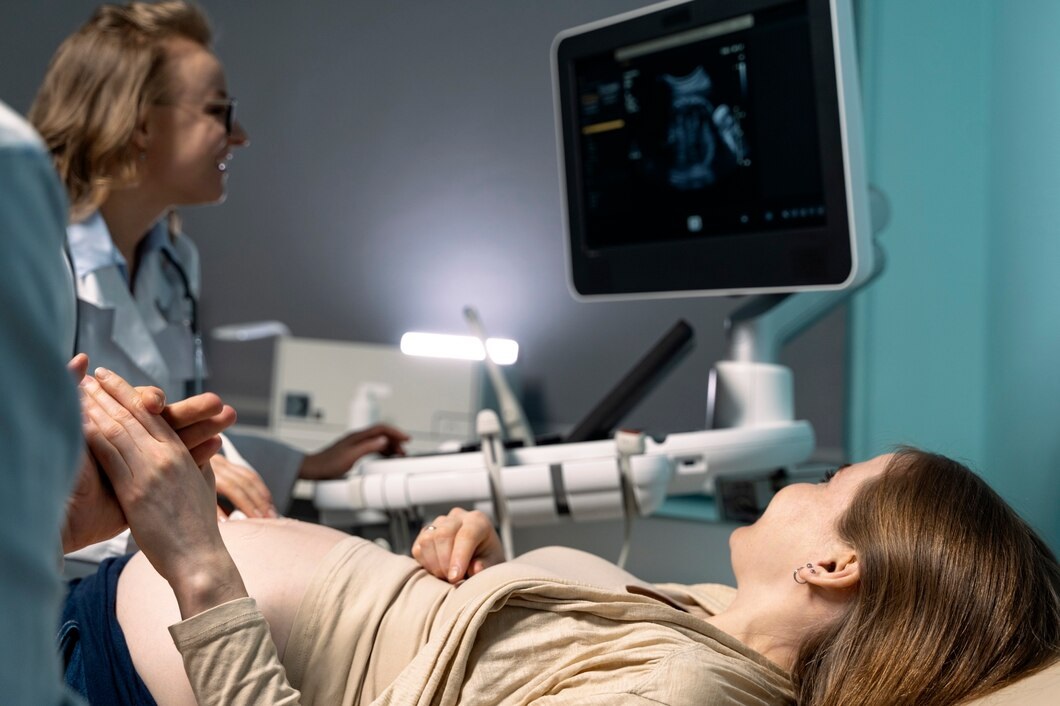 The pregnancy journey is filled with moments of joy, anticipation, and wonder. Among these, the ultrasound scan stands out as a pivotal experience for expectant parents, offering them a first glimpse of their unborn child. Traditionally, 2D ultrasounds have provided us with shadowy, flat images of the fetus.
The pregnancy journey is filled with moments of joy, anticipation, and wonder. Among these, the ultrasound scan stands out as a pivotal experience for expectant parents, offering them a first glimpse of their unborn child. Traditionally, 2D ultrasounds have provided us with shadowy, flat images of the fetus.
However, with the advent of 3D and 4D ultrasound technology, Sydney parents can now see their babies with incredible detail and in real-time motion, making the experience even more memorable.
Examining Ultrasound Technology
Ultrasound technology uses sound waves to create images of the inside of the body. In the context of pregnancy, it allows healthcare providers and expectant parents to check on the developing baby’s health, growth, and movements. Over the years, this technology has evolved remarkably, from the basic 2D images to the more advanced 3D and 4D scans.
2D Ultrasounds: The Traditional Choice
2D ultrasounds have been the standard for many years, providing essential information about the baby’s development, including heart rate, growth measurements, and the detection of potential anomalies. While 2D ultrasounds are invaluable for medical purposes, they offer limited visual detail, which is where 3D and 4D ultrasounds come into play.
3D Ultrasounds: A Clearer View
3D ultrasounds take the technology a step further by creating a three-dimensional image of the baby. This allows for a much clearer view of the baby’s features, including the face, hands, and feet. Parents often find these images to be incredibly special, as they can start to see resemblances and imagine what their baby might look like.
4D Ultrasounds: Bringing Images to Life
The real game-changer in prenatal imaging has been the introduction of 4D ultrasounds. Unlike static 3D images, 4D scans show movement in real-time. This means that expectant parents can see their baby yawning, stretching, and even sucking their thumb. This dynamic view adds an entirely new dimension to the ultrasound experience, making it more interactive and emotionally engaging.
Choosing the Right Time for a 4D Ultrasound
While Sydney’s 4D ultrasound appointments can be scheduled at various stages of pregnancy, they are typically best conducted between 26 and 30 weeks. This timeframe allows for clearer images with more detail, as the baby is well-developed yet still has enough room to move around. However, it’s essential to consult with a healthcare provider to determine the best time for an ultrasound based on individual circumstances.
Benefits of 4D Ultrasounds
Beyond the emotional and bonding benefits, 4D ultrasounds can also offer some medical advantages. By observing the baby in motion, healthcare providers can gain insights into its behaviour, health, and well-being. This technology can sometimes identify issues not visible in 2D or 3D scans, although it’s important to note that 4D ultrasounds are not a replacement for traditional medical ultrasounds.
Summary
The evolution of ultrasound technology from 2D to 4D has transformed how expectant parents connect with their unborn child. While 2D ultrasounds remain a crucial tool for medical assessment, 3D and 4D ultrasounds offer a richer, more detailed view of the baby, enhancing the prenatal experience.
For those considering a 4D ultrasound in Sydney, it’s an opportunity to create lasting memories and bond with their baby before birth. As technology continues to advance, we can only imagine what the future holds for prenatal imaging and the incredible moments it will continue to share with expectant families.
In exploring the broader implications of this technology on prenatal care, one might consider the impact of early pregnancy health tips on ultrasound outcomes. The topic, widely discussed among healthcare professionals and expectant parents alike, emphasises the importance of maternal health on the development and well-being of the unborn child.






About The Author: Tina Richardson
More posts by Tina Richardson